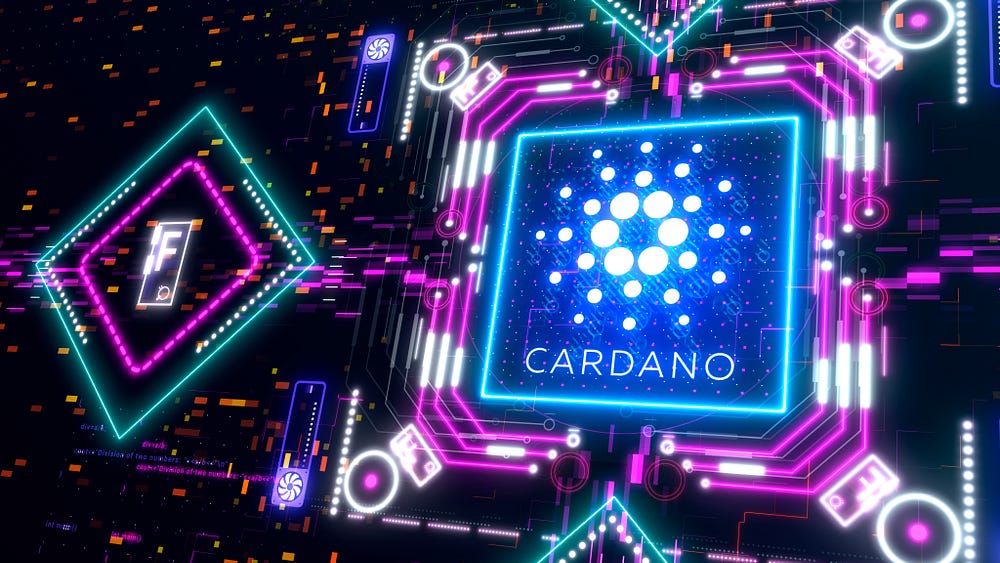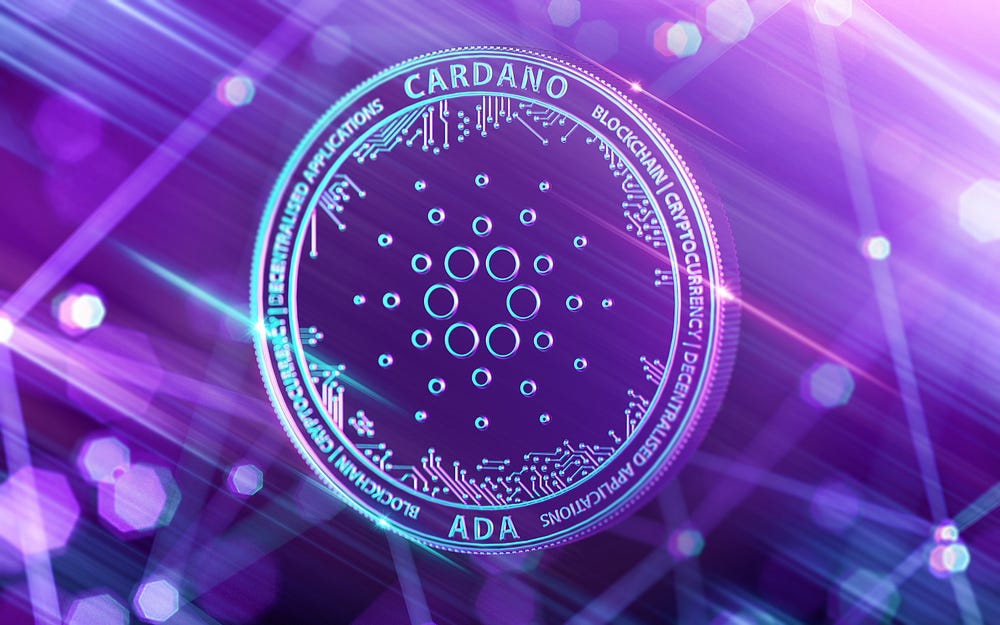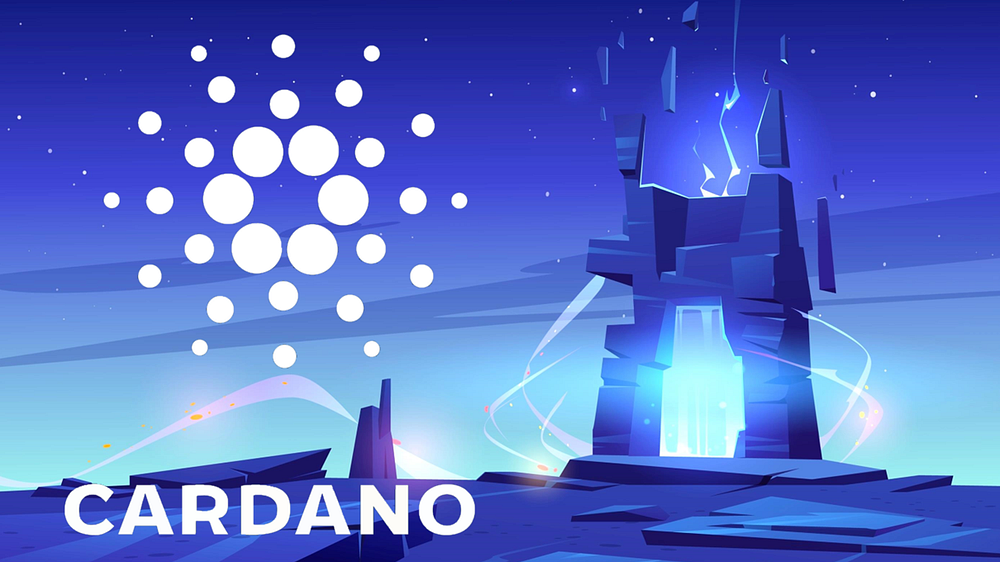Aiming for the holy grail of any blockchain ecosystem
One million transactions per second.
Let that sink in.
This is what the developers behind this blockchain aim for, utilising Hydra, Cardano’s layer 2 (L2) scaling solution.
How will they reach this milestone? The idea is to have each Hydra node (1000 of them) on the Cardano ecosystem capable of handling up to 1000 transactions per second using Hydra heads.
Developers from Input Output Global (IOG), one of the three significant entities behind this blockchain, covered Hydra in a scientific paper for those who want comprehensive details.
Besides TPS, another equally (if not more) important factor is the seconds per transaction, which relates to its latency and finality, the guarantee of a cryptocurrency transaction being fully executed without being altered or reversed.
Furthermore, block generation time is another consideration, which can considerably vary between blockchains (Bitcoin — 10 minutes; Litecoin — 2.5 minutes, Ethereum –12 seconds.
For Cardano, at present, it is set at 20 seconds for reasons of protocol security, though this could be sped up down the track. Much of this is a balancing act between quickly submitting information on a blockchain’s protocol and network safety.
Fortunately, those behind Cardano also take measures to deal with these points. IOG has addressed latency, low costs and block time throughout Hydra’s development.

on
When we will see Hydra operating?
At the time of writing, I don’t have a specific date. Back in September 2021, a Cardano software developer predicted that Hydra would be up and running within 6–12 months.
However, various sources are banking on this, and two other major releases will occur this year.
To their defence, many chains have experienced lengthy delays when carrying out a significant upgrade/fork. Ethereum had received no shortage of criticism and doubt before that blockchain fully transitioned to Proof-of-Stake (i.e., The Merge).
Moreover, Cardano developers and engineers kept on setting back the Alonzo hard fork event (which brought smart-contract functionality to the ecosystem) until they were satisfied with the final project. This led to 40,000 smart contracts running on the blockchain within four days of starting.
Yes, extensive delays cause a frustrating wait for many, but they make a negligible difference in the long term. Having said this, Cardano must be mindful of competitors potentially getting ahead with equally innovative solutions.

on
Charles Hoskinson, CEO and Founder of IOG and prominent Cardano representative, prefers to adopt a slow-and-steady approach to building this blockchain. This ensures that retail investors and consumers are not adversely affected by sizeable glitches.
Cardano set a new record last July when it reached 1760 days without any outages, an impressive feat for any blockchain; this is in stark contrast to faster and cheaper blockchains such as fellow “Ethereum killer” Solana, with several network issues last year. For the record, I still hold Solana, and I hope it does well, like many other crypto assets.
Other than Hydra, there is a lot of hype within the Cardano community about the launch of its first stablecoin, Djed, in addition to the Shen reserve coin). Unlike 1:1 collateralised alternatives such as USDT, USDC, TUSD and several others, DJED will be over-collateralised (by at least 400%), several-fold more than partially-collateralised stablecoin Terra (and affiliated LUNA), leading their disgraceful collapse last year.
I will expand on Djed and Shen in future after their launch.
To stay up-to-date with everything Cardano, I recommend the following sources:
— Essential Cardano — I recommend the ‘Weekly development reports’ that come in an infographic format;
— Cardano Updates (via Input Output)
— Cardano’s Roadmap — Pay attention to the upcoming Basho (scalability) era, as Hydra ties in best with this epoch;
— Cardano Community and Input Output Twitter pages;
— Websites for the three major entities behind this blockchain –Cardano Foundation, Emurgo and Input Output (a.k.a. IOHK in some places);
— Charles Hoskinson’s YouTube channel, particularly the AMAs, which include Cardano/ADA content;
— Cardano Feed — A news and analysis website dedicated to Cardano ADA.
None of this is financial advice, and I am not a financial advisor.
This piece contains news and opinions from either myself or the sources mentioned here. Please do enough research before investing in any crypto assets, NFTs and any product that is associated with this space.
I acknowledge that I hold ADA, and it is one of the top three holdings in my crypto portfolio.
If you enjoyed this article, I recommend following my Medium page for regular reports about crypto assets, blockchain technology, and more. Feel free to check out my publication as well, Crypto Insights AU.
Thanks for your support.
Acknowledgement: ‘Cardano’ logo and text in the main image by Romanovskaya Darya on Shutterstock.
Background image by klyaksun via Shutterstock, modified by the author.


